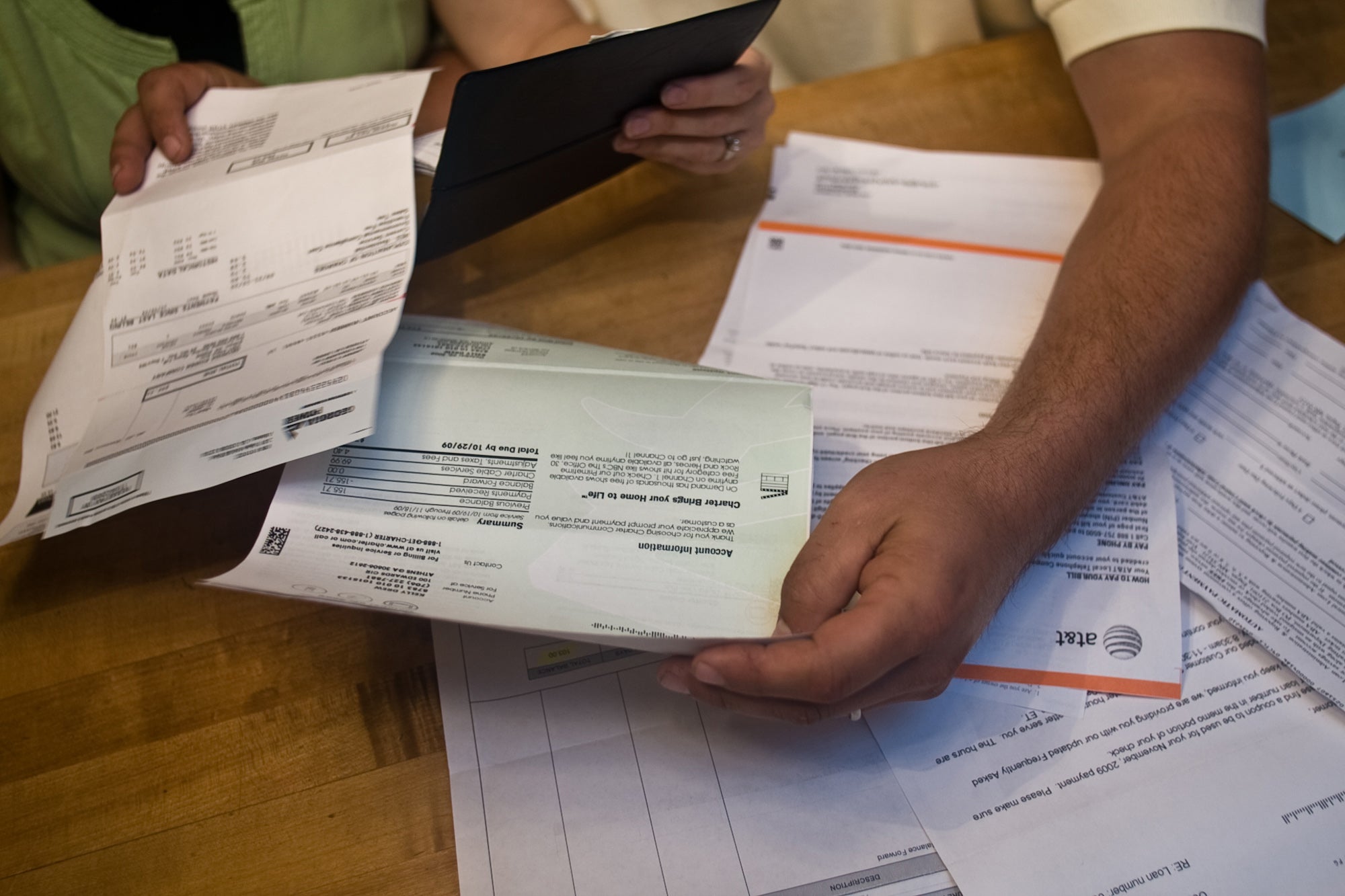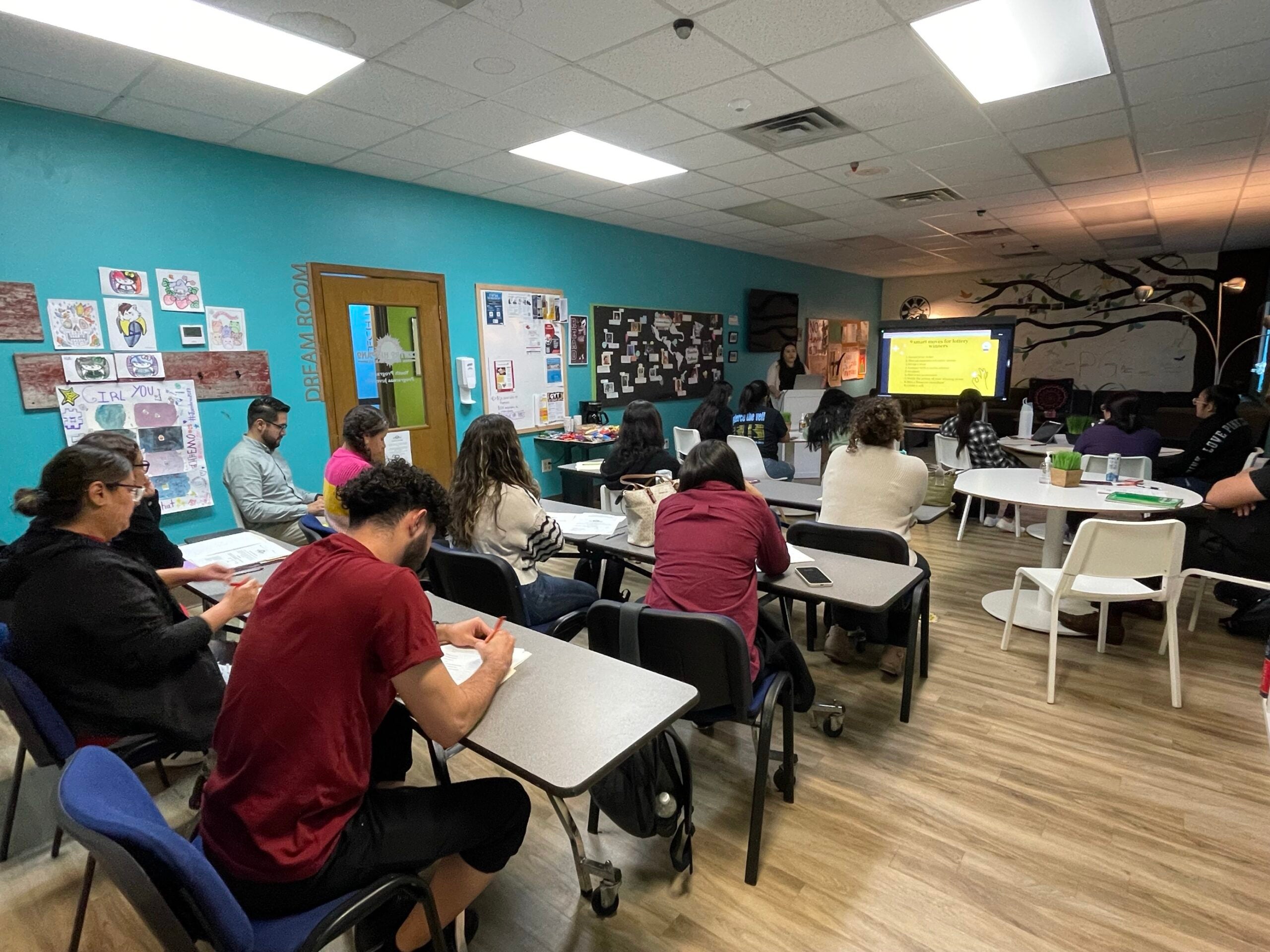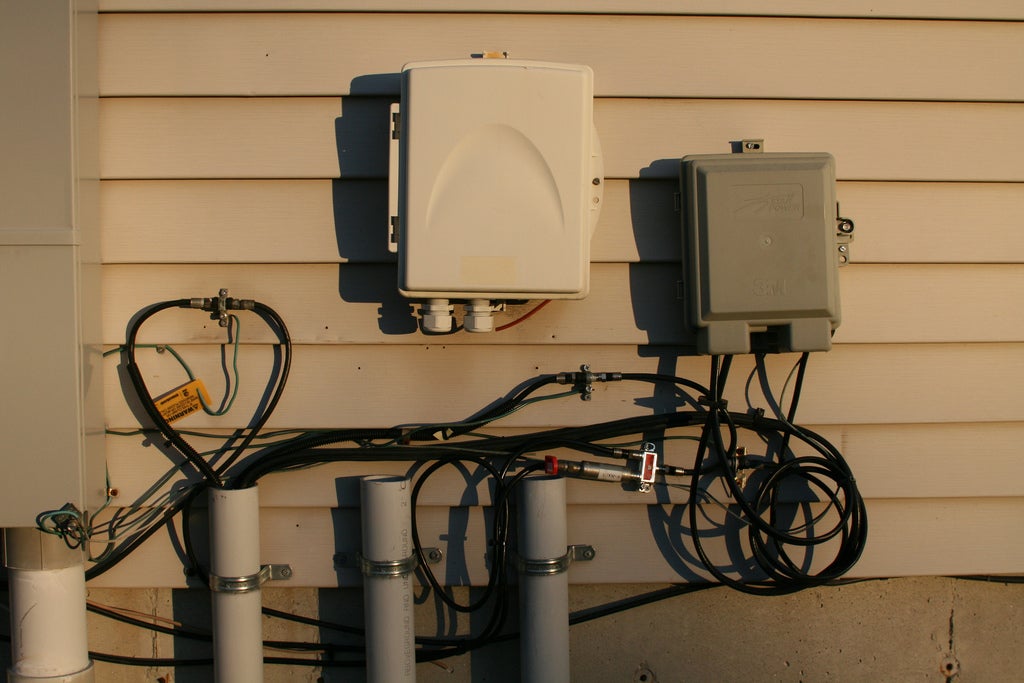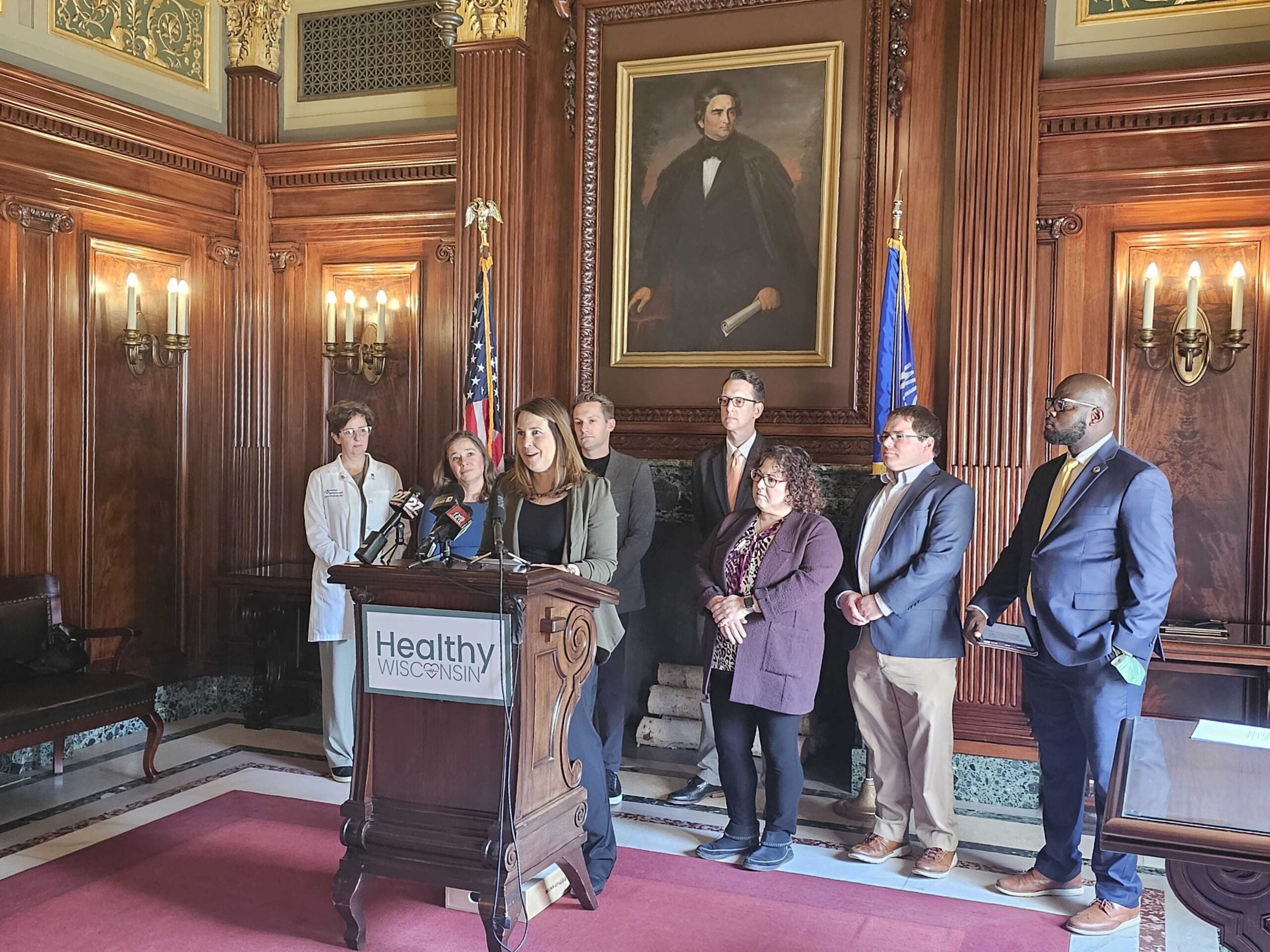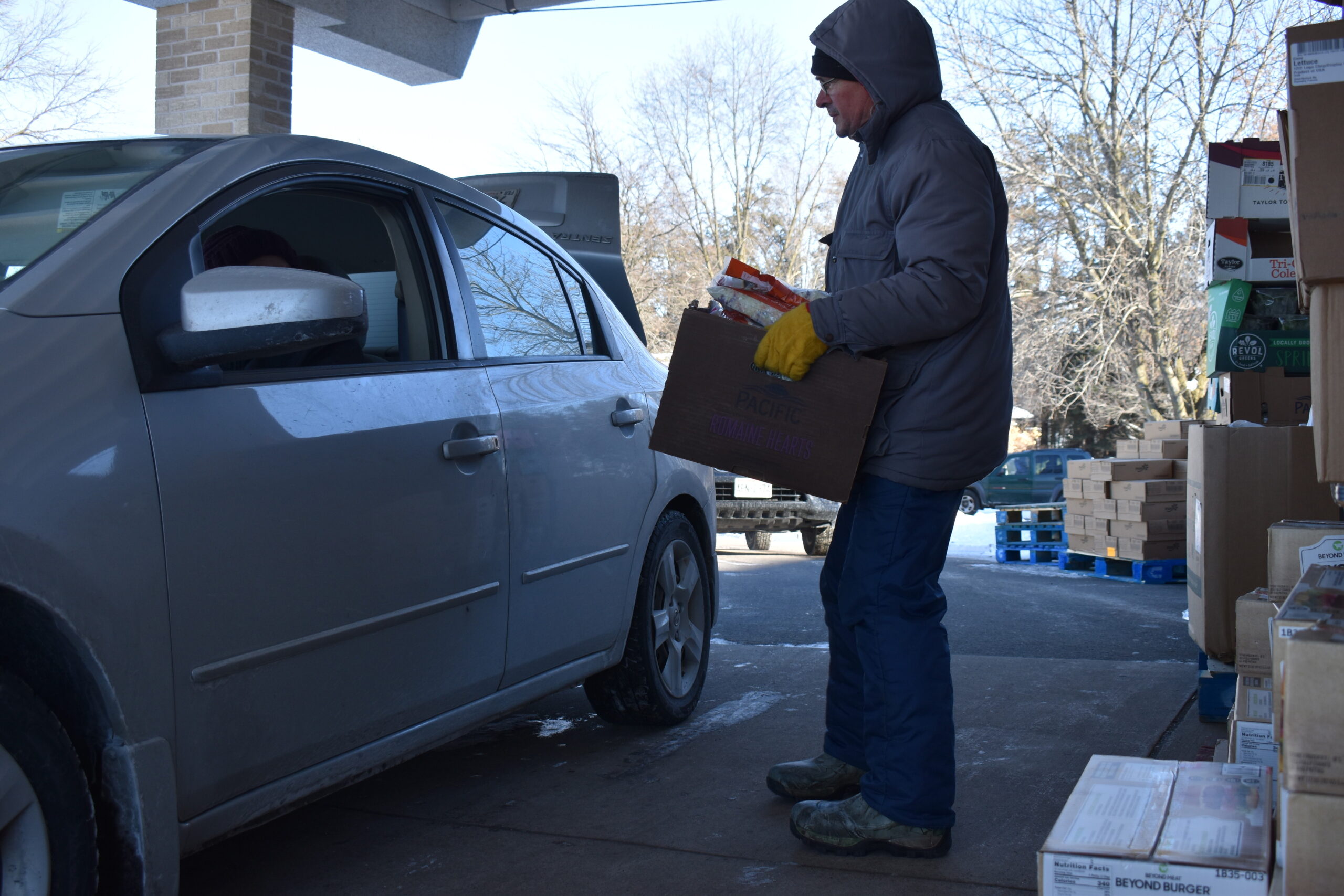A new United Way of Wisconsin report claims 42 percent of Wisconsin households struggle to make ends meet.
While 13 percent of Wisconsin households live below the federal poverty line, United Way found another 29 percent of households don’t make enough to pay for necessities like food, healthcare and transportation.
The report describes these families or individuals as asset limited, income constrained and employed, or ALICE.
Stay informed on the latest news
Sign up for WPR’s email newsletter.
“ALICE is trying to make ends meet, ALICE isn’t sitting back and just waiting for something to happen to him or her, but ALICE is having to make decisions between food and maybe utilities,” said Charlene Mouille, United Way of Wisconsin executive director.
United Way used existing estimates for the basic cost of housing, food, transportation, healthcare and childcare to develop what it calls a Household Survival Budget.
“It doesn’t have any room for any (financial emergencies) happening at all,” said Mary Kay Wold, executive director of Great Rivers United Way in La Crosse. “There’s not even a cellphone in this budget, there’s not Internet costs.”
The budget comes out to $54,804 for a family of four and $23,196 for a single adult in Wisconsin. In comparison, the federal poverty level is $23,850 for families of four and $11,670 for a single adult.
“The federal poverty level or measure hasn’t been adjusted since the early ’70s, so it doesn’t reflect the kind of the change in times and really change in costs,” Mouille said.
Because ALICE households make more than the federal poverty level, Wolf said they are sometimes forgotten.
“I think people are of the belief that if you are below the poverty level, you’re OK because you’re getting help,” Wolf said. “But then there are these ALICE families who make too much money to be getting that kind of subsidized help, but they don’t make enough money.”
Wolf said communities need to focus more resources on these ALICE households.
“When people are not able to pay their bills, it is a snowball effect. It ends up in affecting our health care system, it affects our taxes, it just affects every community,” Wolf said.
The report found ALICE households in each of Wisconsin’s 72 counties. Calumet County had the least number of families and individuals below the survival threshold, with 28 percent of households falling into the ALICE category. Menominee County has the most ALICE households, with 66 percent of households making less than the survival threshold.
Wisconsin Public Radio, © Copyright 2024, Board of Regents of the University of Wisconsin System and Wisconsin Educational Communications Board.

